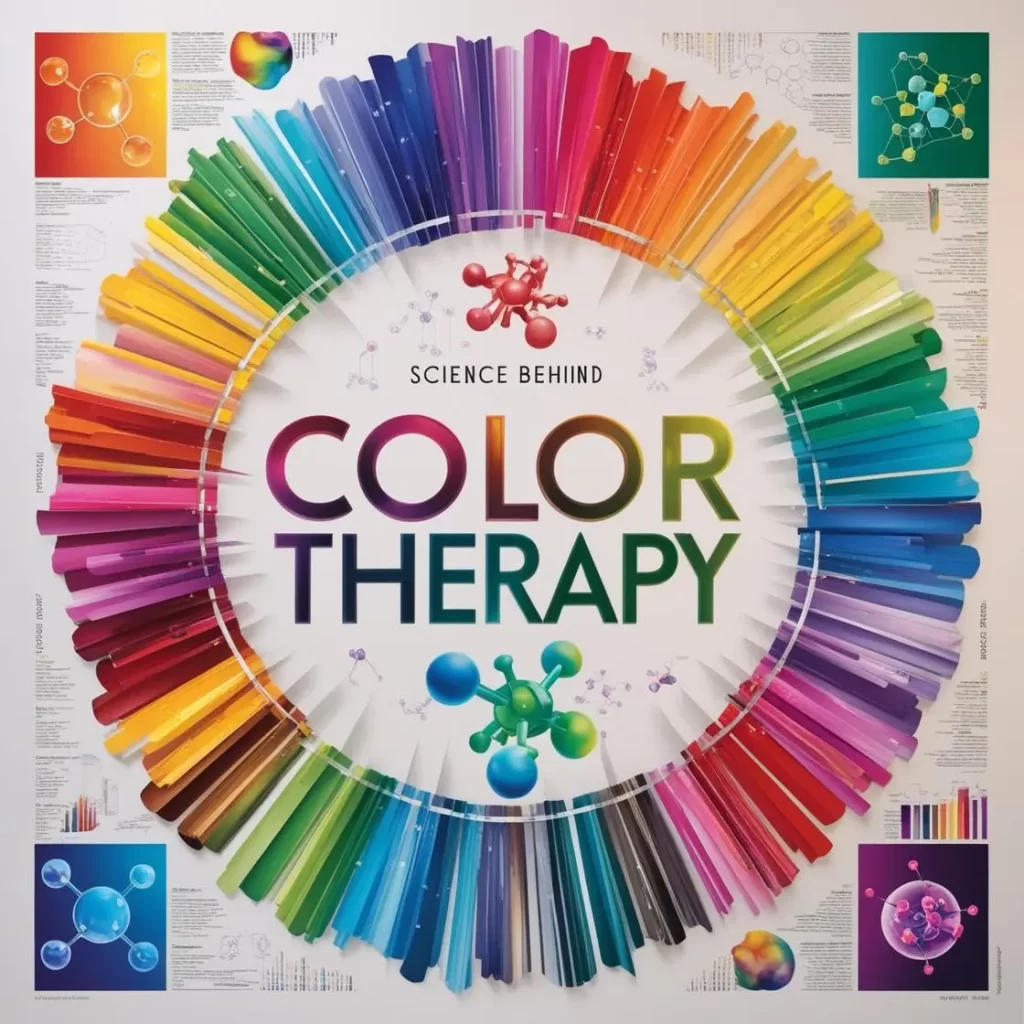Color therapy, also known as chromotherapy, is a form of alternative medicine that uses colors to promote healing and well-being. The belief is that different colors can have a profound impact on our physical, emotional, and mental health.
The Science Behind Color Therapy
While the scientific evidence for color therapy is still developing, many proponents believe that colors can influence our bodies and minds in several ways:
- Affecting our mood: Different colors can evoke various emotions. For example, blue is often associated with calmness and relaxation, while red can stimulate energy and excitement.
- Influencing our physiology: Some believe that colors can affect our hormones, heart rate, and breathing.
- Balancing our chakras: In some traditions, colors are associated with specific chakras, or energy centers in the body. By using color therapy, it is believed that we can balance these chakras and promote overall well-being.
Common Color Therapy Techniques
- Light therapy: This involves exposure to specific wavelengths of light, which can be used to treat conditions like seasonal affective disorder (SAD).
- Color visualization: This technique involves imagining oneself surrounded by a particular color, which can be used to promote relaxation and healing.
- Color therapy sessions: A trained color therapist may use colored lights, fabrics, or objects to guide a client through a healing session.
The Benefits of Color Therapy
While more research is needed, many people report experiencing the following benefits from color therapy:
- Reduced stress and anxiety: Colors can help to calm the mind and reduce stress.
- Improved mood: Colors can be used to boost mood and combat feelings of depression.
- Enhanced creativity: Certain colors are believed to stimulate creativity and imagination.
- Physical healing: Some people believe that colors can help to accelerate the healing process.
Using Color Therapy at Home
You can incorporate color therapy into your daily life in several ways:
- Surround yourself with colors: Decorate your home with colors that promote your desired mood.
- Use colored light bulbs: Experiment with different colored light bulbs in your home to see how they affect your mood.
- Practice color visualization: Spend a few minutes each day visualizing yourself surrounded by a particular color.
Color therapy is a gentle and non-invasive approach to healing. While more scientific research is needed to fully understand its benefits, many people find it to be a helpful tool for improving their overall well-being.

